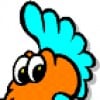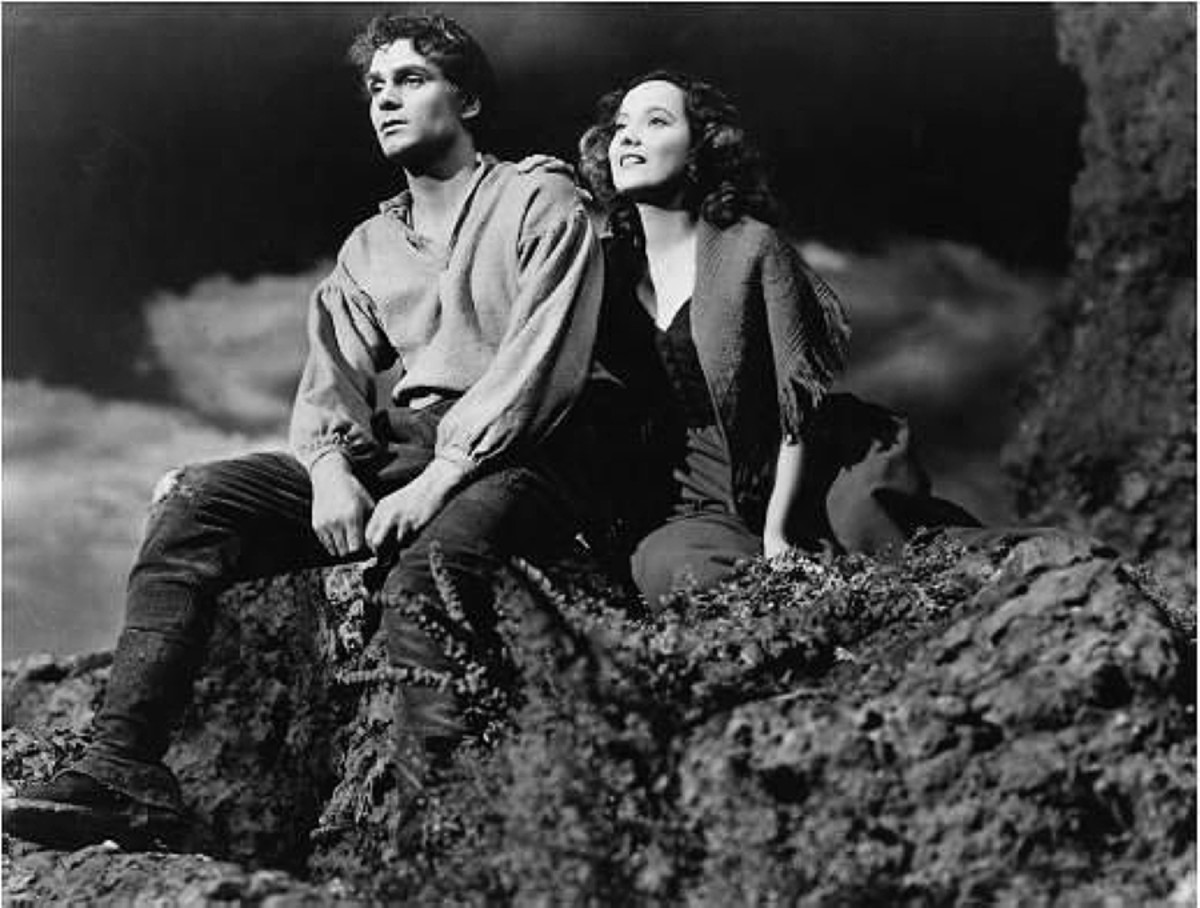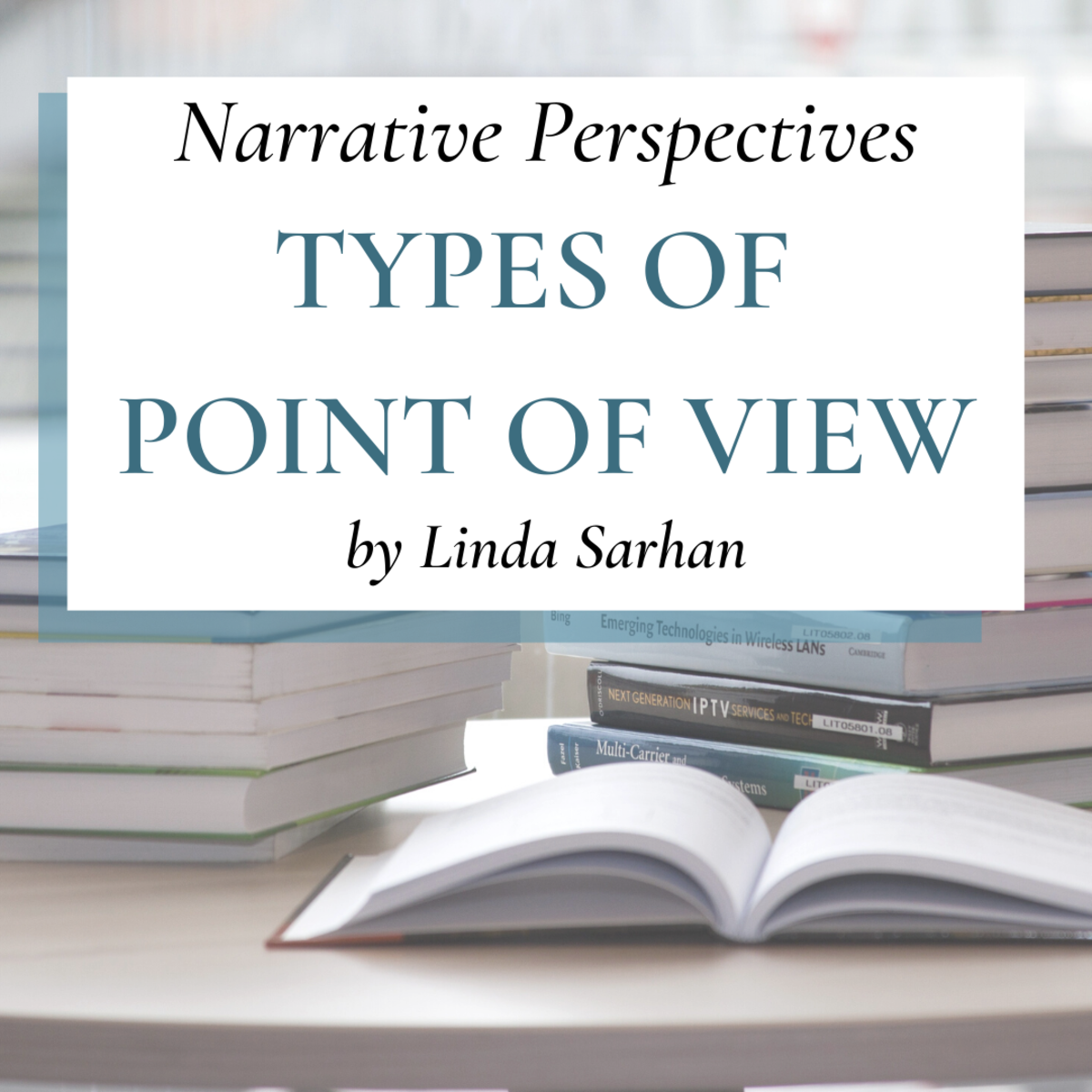How to Write an Autobiography (Pattern & Plot)

Writing an autobiography can be a daunting task. Most writers including accomplished authors can write about many issues comfortably but when it comes to writing about themselves, there is always some hesitation. This is a normal and natural. As humans, we tend to have a problem subjecting ourselves to objective analysis. In fact, writing an autobiography has many pitfalls and can lead to serious criticism because of this inherent inability to be objective, neutral and provide verifiable facts. This is well illustrated by this excerpt from The Hitchhiker’s Guide to the Galaxy by Douglas Adams,
“It is said that Zaphod Beeblebrox's birth was marked by earthquakes, tidal waves, tornadoes, firestorms, the explosion of three neighboring stars, and, shortly afterwards, by the issuing of over six and three quarter million writs for damages from all of the major landowners in his Galactic sector. However, the only person by whom this is said is Beeblebrox himself, and there are several possible theories to explain this.”
Thus, when retracing your life you must follow some simple steps. Specific attention must be paid to three areas;
• Ideas
• Language
• Plot
Language
When writing about your life, you always do so in the first person singular. “I did”, “I saw”, “I said”. Sample this opening sentence from the Confessions of J.J Rousseau by Jean Jacques Rousseau,
“I have entered a performance which is without example, whose accomplishment will have no imitator. I mean to present my fellow mortals with a man in all the integrity of nature; and this man shall be myself.”
Not only do you use first person singular, but for the autobiography to be compelling, the language should be highly descriptive to capture the reader’s imagination.
Plot
You may wonder what the plot has to do with an autobiography. Well, to produce a great autobiography, you must tell it the way Hollywood tells it.
Stories are not merely sequences of events; they have an overall form, which at minimum requires, as Aristotle put it, a beginning, a middle, and an end. Many scholars of narrative have elaborated on this basic characteristic of plot.
Stories have an initial orientation in which the context (time, place, situation, and participants) is specified. There is then some complicating action, some event or events that create dramatic tension. Finally, there is a resolution, a concluding action in which the tension is resolved.
Examples of autobiographies that use complicating action include; “Life on the color line” by Gregory Howard Williams and “Maus” by Art Speigelman. The former is an autobiography of a white boy who discovered he was black and the trials and tribulations he went through as a consequence. The latter is a biography by the author, Art Spiegelman, on the life of his father, a holocaust survivor. “Maus” is a graphic novel and the plot is developed using animals to represent various nationalities.
Ideas
As with any narrative, you must begin with pre-construction. Pre-construction begins with the most reportable event and proceeds backwards in time to locate events that are linked causally each to the following one.
Put down your ideas and categorize them in terms of people, places and events. Organize lists of events in chronological order. Make sure to have as many interesting facts as possible. Facts must be real events that occurred. For formative experiences during childhood, it is best to consult with people who knew you from infancy such as parents and relatives. In the case of a biography, interview your subject and obtain as much information as you can. Go back for clarifications and deeper information as often as you can.
A proper compilation of ideas gives you a bird’s eye view of the entire plot and instructs the language that you shall use to put together the autobiography.








